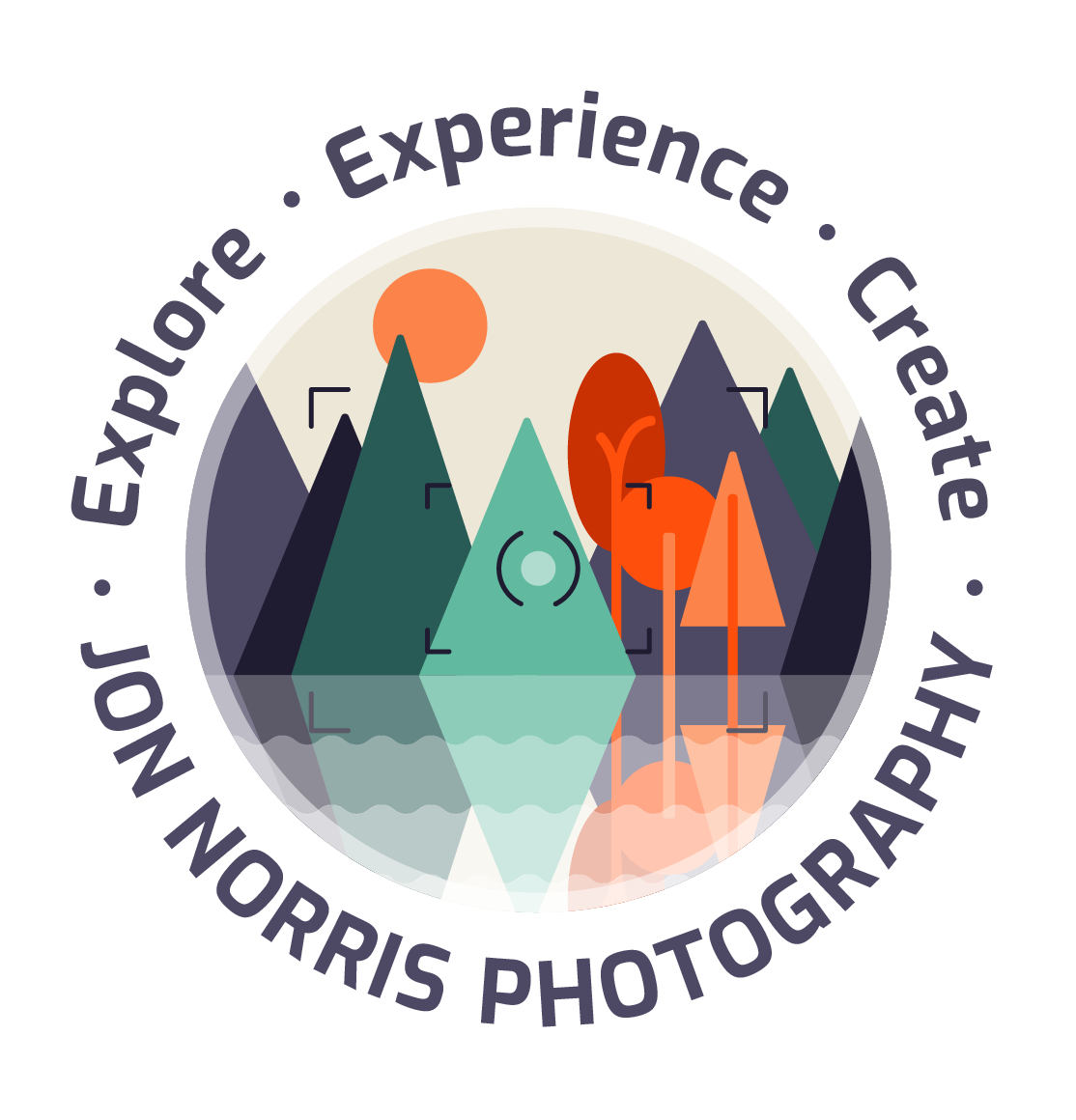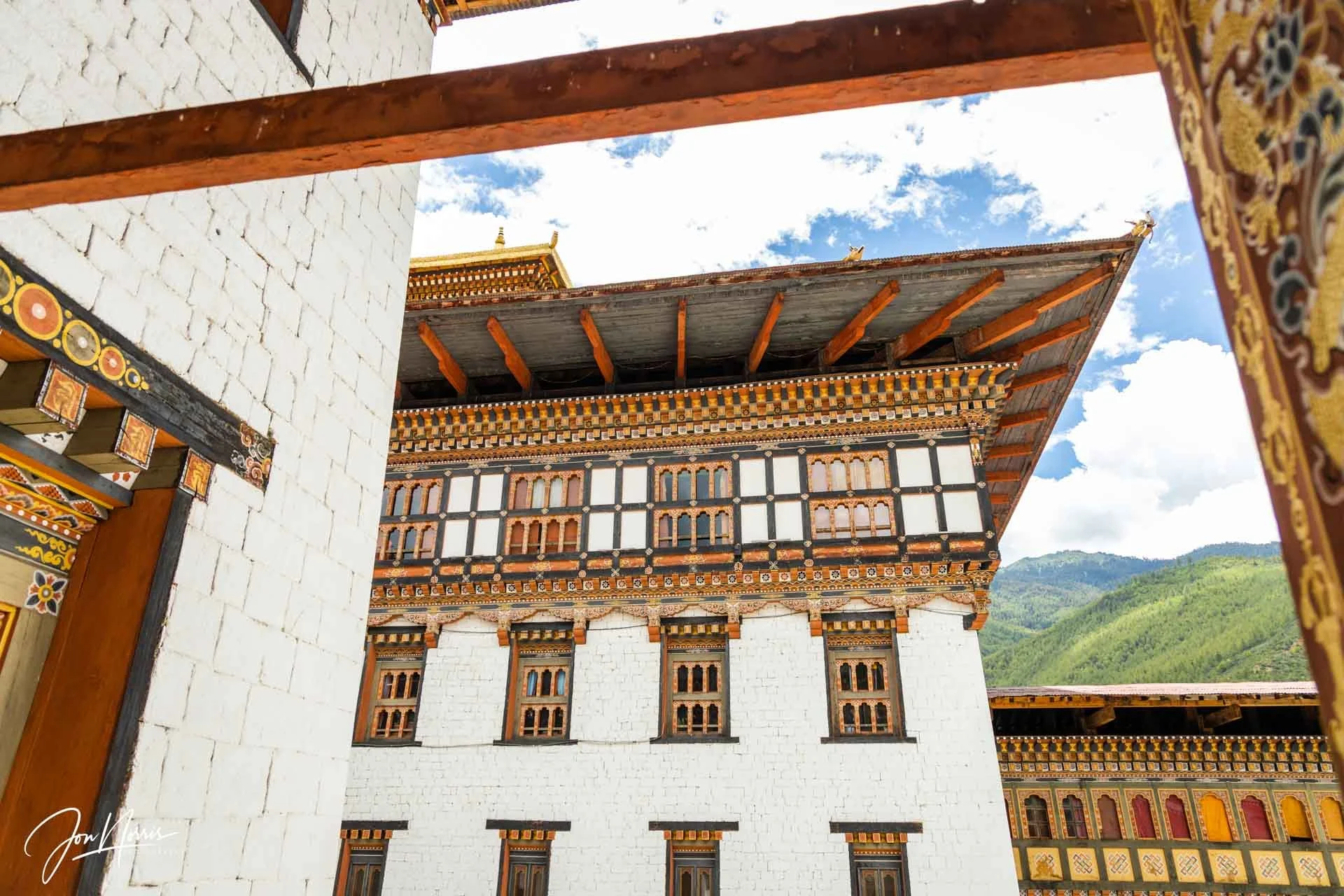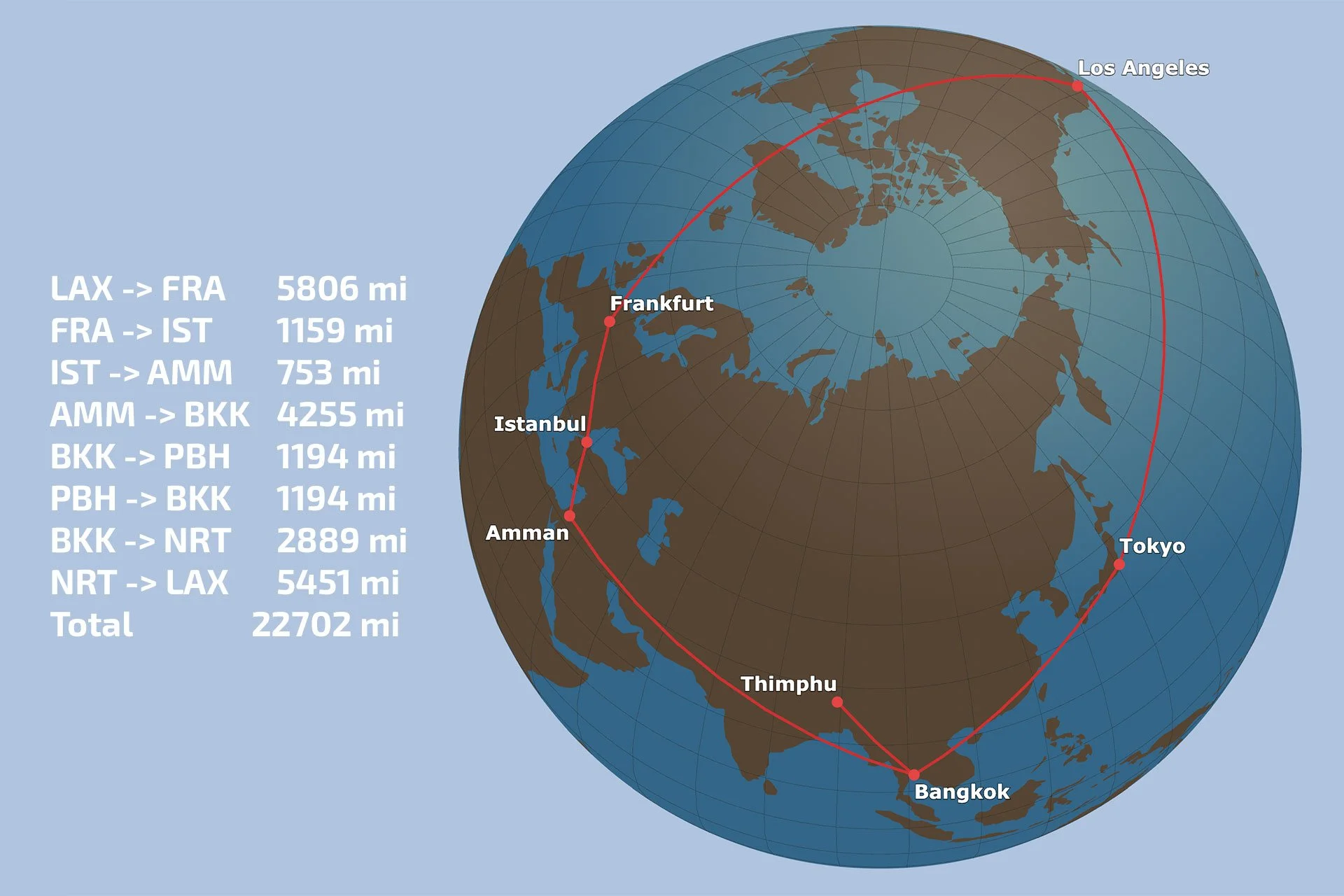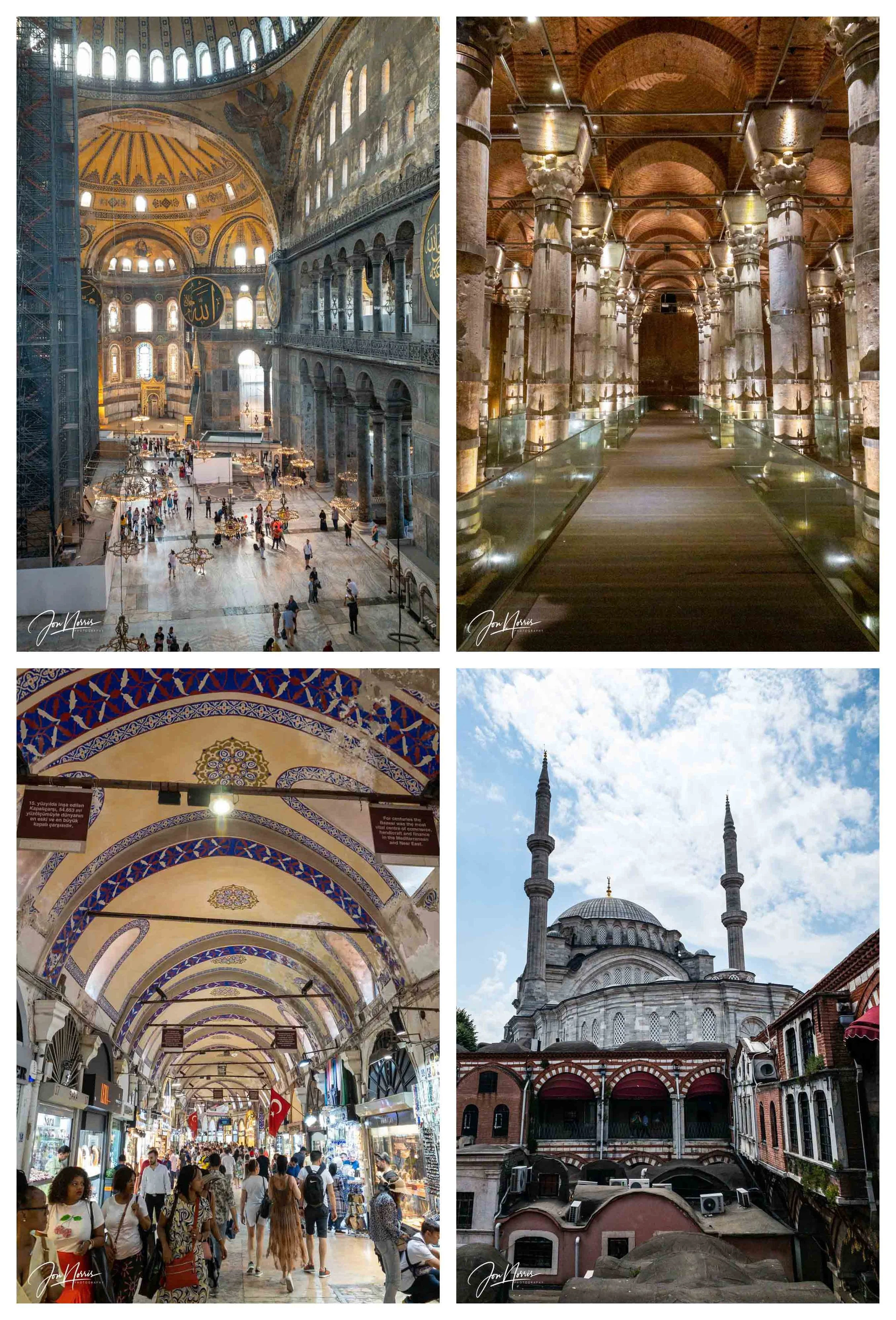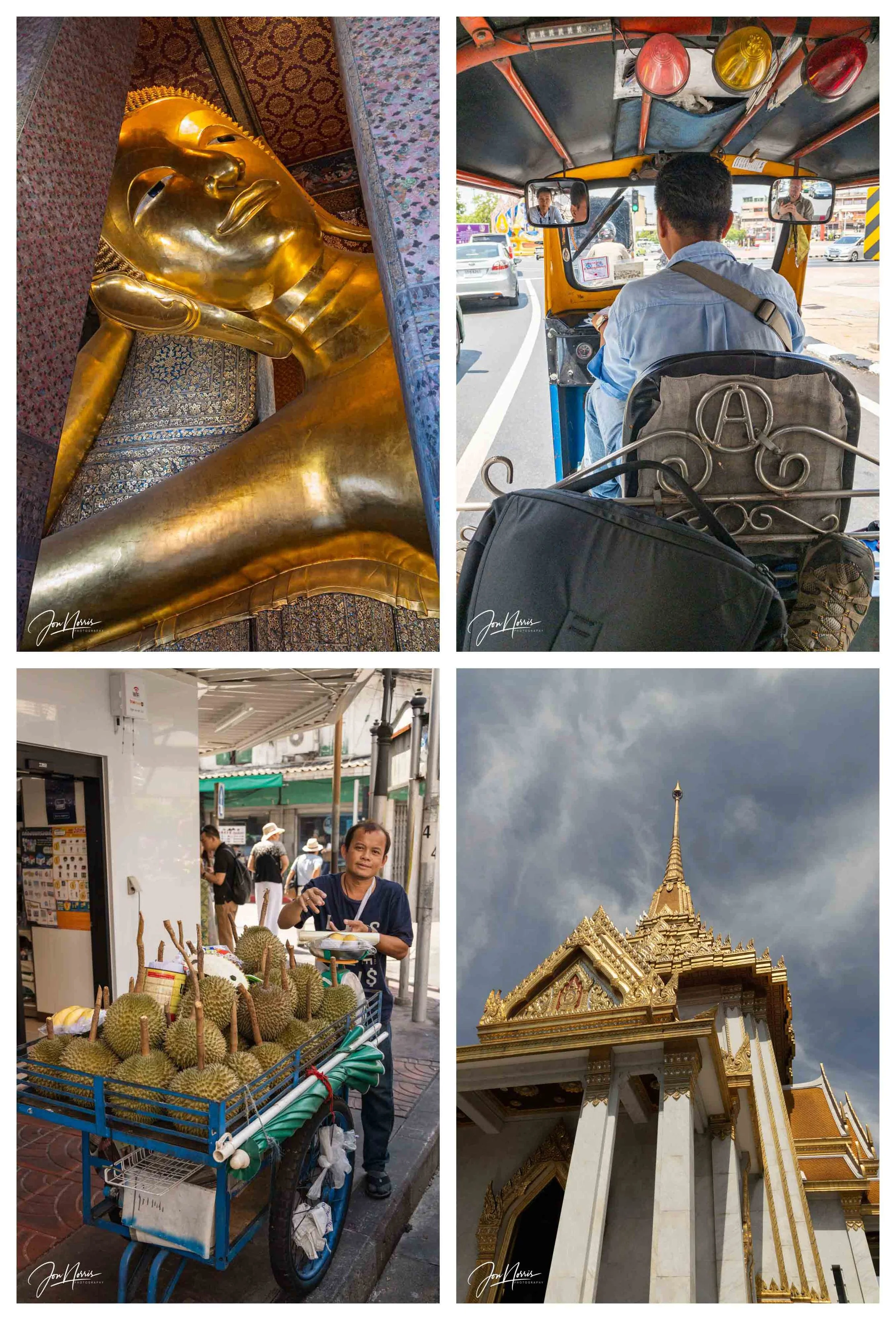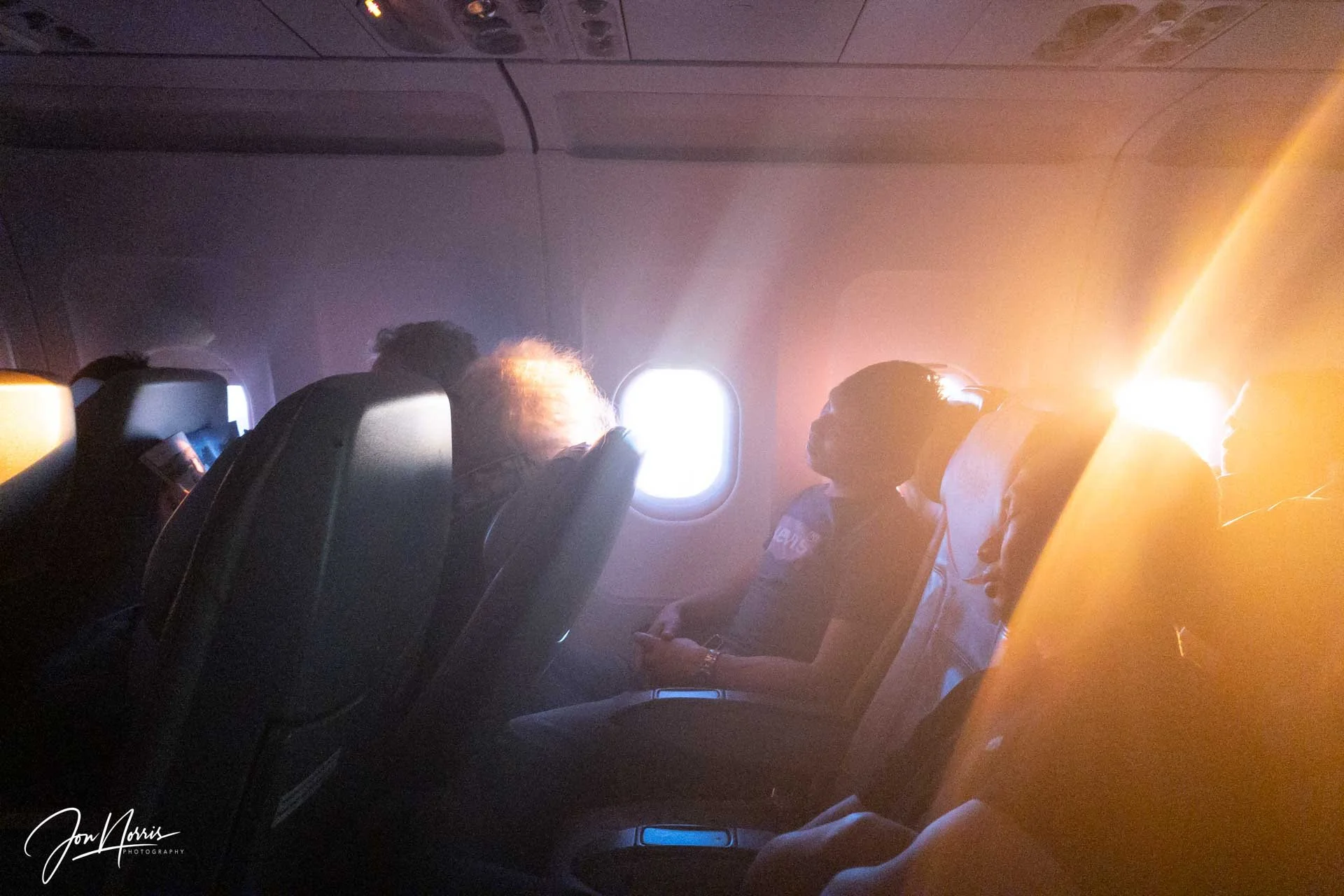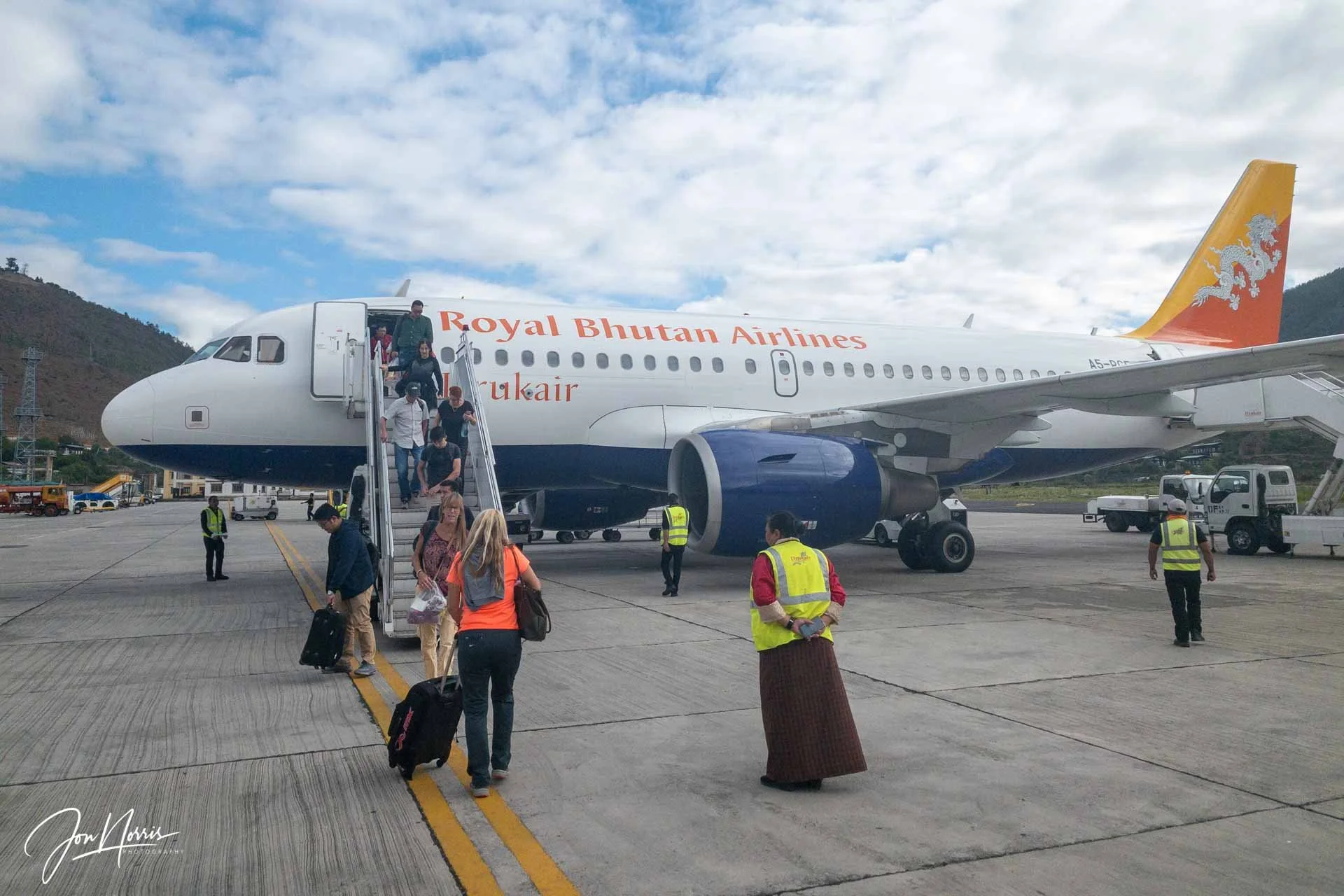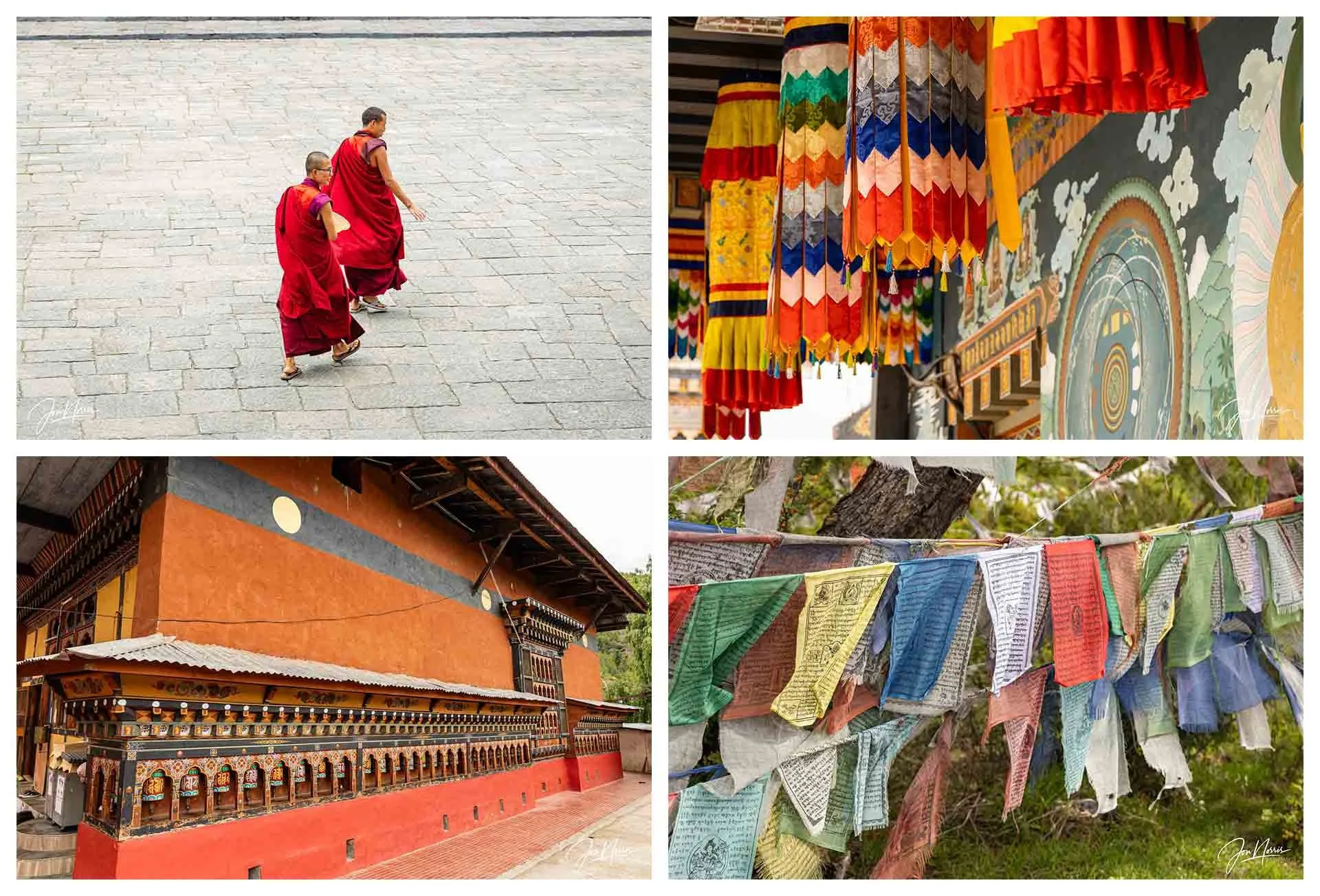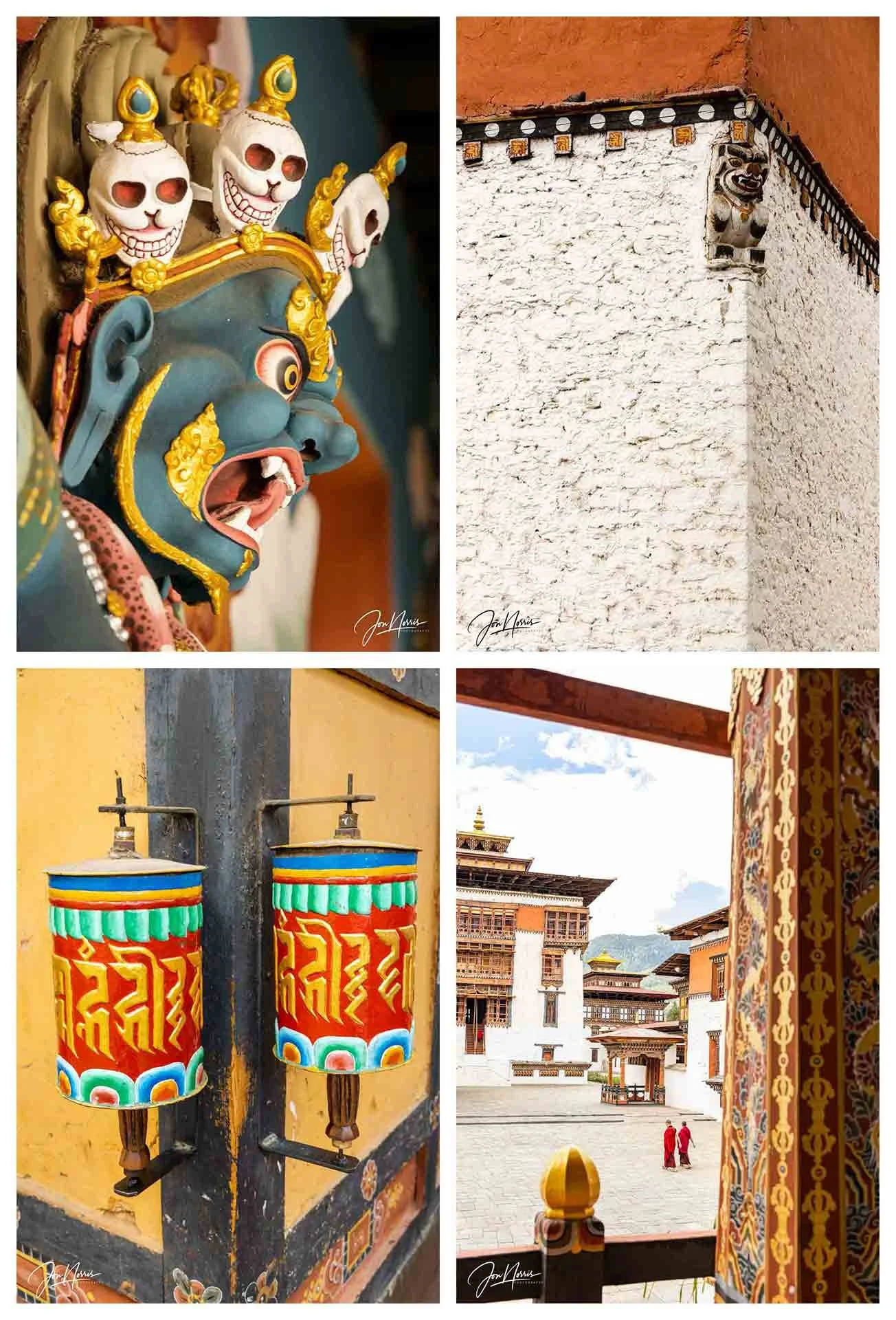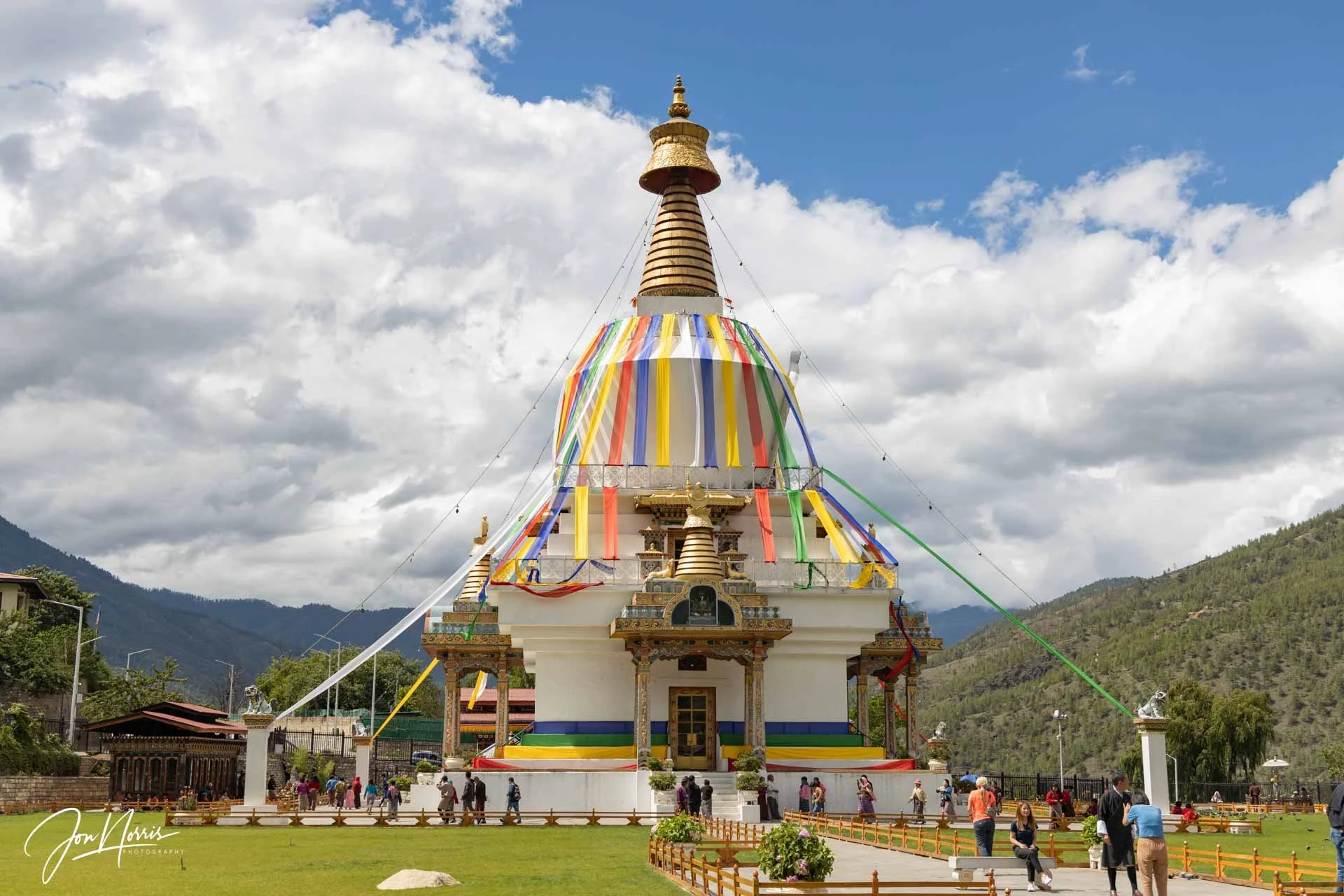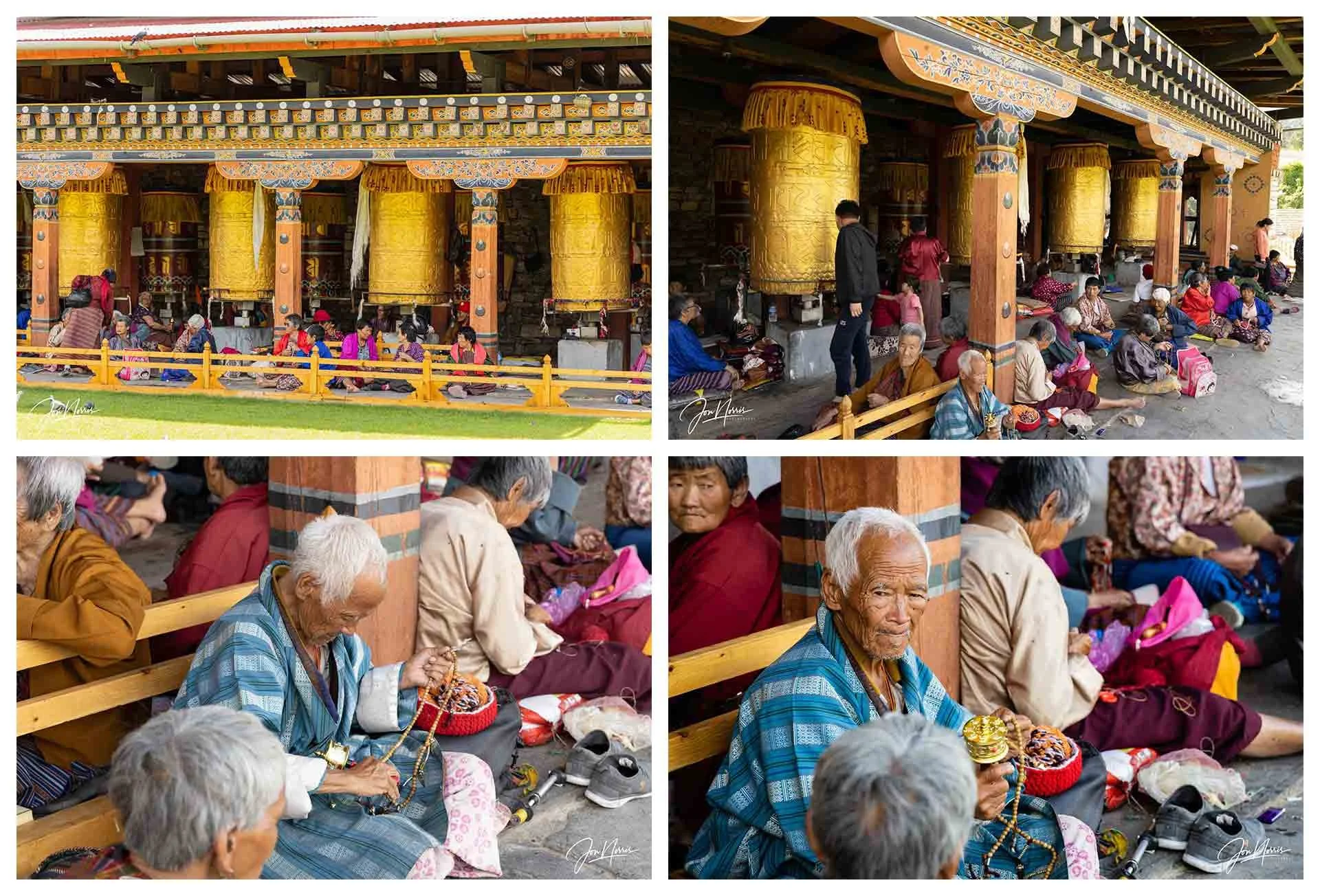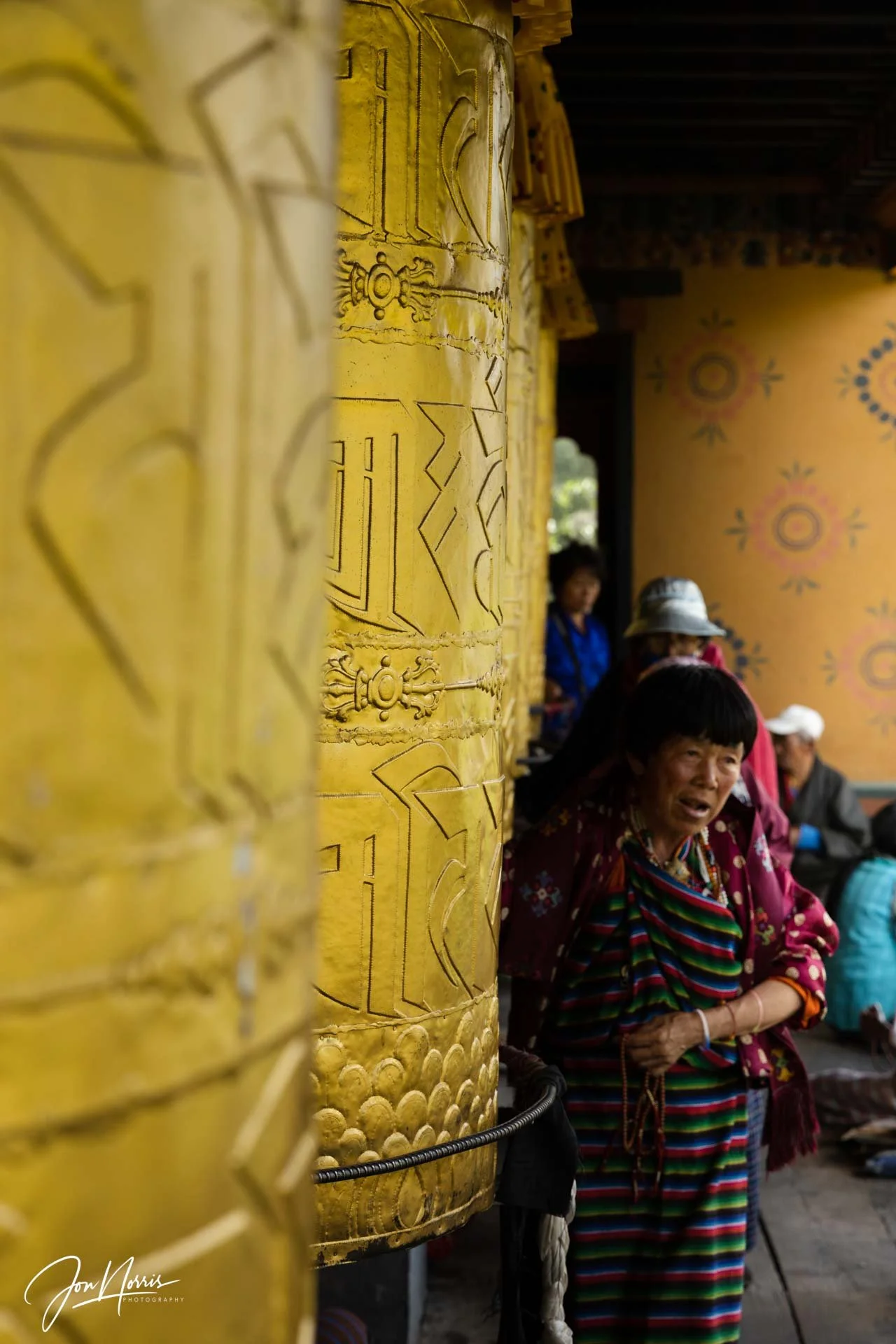A photographic tour of Bhutan (Part 1)
Explore Landscapes #90
In June 2019 I visited Bhutan. It was an amazing journey to an incredible country and I'd like to share some of my images over the coming weeks.
Tashichho Dzong, Thimpu, Bhutan | © 2019 Jon Norris
I’ve been traveling for work (I’m a B2B marketing director for my day-job) for the past 2 weeks, and have had very limited time to write or photograph. My work trips have taken me all over the world, and while landscape photography is ‘my passion’, I have amassed quite the collection of travel photography that I’m going to sprinkle into the mix over the next few months.
As part of my 50th birthday celebrations (thanks to my lovely wife, Jackie) I was lucky enough to visit the Himalayan country of Bhutan. I traveled to Bhutan with a friend (hey Andrea!) who had visited before, and our trip was organized by Karma Tenzin of Bhutan Lilly Travels.
Karma and his team were wonderful, organized our Bhutan visas, flights from Bangkok to Bhutan, and put together an incredible week long tour of the country. If you’re interested in visiting Bhutan I can highly recommend you getting in touch with Karma.
Before talking about Bhutan, let me back up a bit and talk about my route to get there, because that’s a story of it’s own.
Around the World in 16 days
Circling the globe to get to Bhutan | © 2025 Jon Norris
As luck would have it (and thanks to some judicious planning on my part) I needed to be in Istanbul for a conference for three days just prior to the fixed dates for the Bhutan tour. Plus, I could have two days in Bangkok (where we were taking our flight to Bhutan from).
So I hatched a plan to book a round-the-world ticket that would get me to Istanbul, then Bangkok (via Amman, Jordan - sadly without enough time to explore - have to put that on my bucket list for another time).
After the Bhutan tour I’d have two nights in Bangkok, before the long-haul flight back to Los Angeles via Narita (Tokyo, Japan).
Top Left: Hagia Sofia, Istanbul | Top Right: Theodosius Cistern, Istanbul | Bottom Left: Grand Bazaar, Istanbul | Bottom Right: Süleymaniye Mosque, Istanbul | All Images © 2019 Jon Norris
Whenever I visit a new city for work I try and tag on a day for me to explore and photograph. One of the best ways of doing this I’ve found (especially when you have very limited time) is to book a personalized walking tour of the city, with someone who knows the city well, and can take you to all the best places, including those that are off the beaten path and away from the tourists.
In both Istanbul and Bangkok I booked a private walking tour through withlocals. When you have limited time this is a cost and time-effective way of getting a really good introduction to a city.
Top Left: Reclining Buddha, Wat Pho, Bangkok | Top Right: Bangkok Tuk Tuk | Bottom Left: Durian vendor in Chinatown, Bangkok | Bottom Right: The Golden Buddha Temple, Bangkok | All Images © 2019 Jon Norris
I was very lucky to find two guides that had an extensive knowledge of their city and it’s history. The architecture, culture, and food in both Istanbul and Bangkok were incredible. I’ll need to revisit both cities to share more photos in a future post or two.
After covering many miles by foot, it was a pleasure to get in the back of a tuk tuk and experience this quintessentially Thai method of transport. While I really enjoyed the mango sticky rice that I had during my trip I didn’t dare try the Dorian. The Durian has a pungent smell (so bad that it’s banned from being carried on public transport) and is described as "hell on the outside and heaven on the inside."
Arriving in Bhutan
Druk Air flight from Bangkok to Paro, Bhutan | © 2019 Jon Norris
After a busy week in Istanbul and Bangkok it was finally time for the main event - the start of the Bhutan tour. I barely had time to sleep the night before our Bhutan flight as the departure time was 5am.
I met up with Andrea and the rest of our group at Bangkok Suvarnabhumi airport just after 3am. Through (very) tired eyes we started to get to know one another. It was a small group (just seven of us) - and we soon became as ‘thick as thieves’.
We all slept on the plane until being woken up by the morning light streaming through the plane’s windows as the crew opened the blinds. After a hot breakfast onboard, we started our approach to Paro.
Druk Air A319-100 aircraft at Paro airport, Bhutan | © 2019 Jon Norris
Paro International Airport (PBH) is the sole international airport of the four airports in Bhutan. It is 3.7 mi (6 km) from Paro in a deep valley on the bank of the river Paro Chhu. With surrounding peaks as high as 18,000 ft (5,500 metres), it is considered one of the world's most challenging airports, and only a very small number of pilots are certified to land at the airport.
Flights to and from Paro are allowed under visual meteorological conditions only and are restricted to daylight hours from sunrise to sunset, with additional restrictions in the afternoon during windy seasons.
As Bhutan’s landscape varies from hilly to ruggedly mountainous, the building of roads and other infrastructure is difficult and expensive. Paro airport is the only international airport in Bhutan. The National carrier, Drukair, operates flights between Paro airport and Bathpalathang airport in Jakar (central Bhutan), Gelephu airport in the south and Yongphulla airport in the east, on a weekly basis.
Bhutan is viewed as somewhat inaccessible by many foreigners due to the cost to visit, which is high for tourists on tighter budgets. Entry is free for citizens of India, Bangladesh, and the Maldives, but all other foreigners are required to sign up with a Bhutanese tour operator and pay around US$250 per day that they stay in the country, though this fee covers most travel, lodging and meal expenses.
Our first morning in Bhutan
Karma and his team were waiting for us in the arrivals hall in Paro. After a round of introductions we collected our luggage, climbed aboard the van and were driven to Thimphu, the capital and largest city of Bhutan.
I was feeling exhausted after a very early morning and flight, so a hot shower at our hotel (Tara Phendeyling Hotel, Thimphu) was very welcome.
After some time to refresh and recharge (at least a little) we re-grouped and headed to the first stop on our tour’s itinerary, Tashichho Dzong in Thimpu.
Characteristic of the region is a type of castle fortress known as a Dzong. Since ancient times, the Dzongs have served as the religious and secular administrative centers for their respective districts. Bhutanese architecture remains distinctively traditional, employing rammed earth and wattle and daub construction methods, stone masonry, and intricate woodwork around windows and roofs. Traditional architecture uses no nails or iron bars in construction.
Tashichho Dzong, Thimpu, Bhutan | © 2019 Jon Norris
The Dzong architecture is stunning. There are intricate and colorful details around every door and window, geometric shapes and repeating patterns of gold, ochre, red, and orange. On every corner of each layer of roofing you see what appear to be a dragon’s head. Under the eaves are red-painted supports reaching out to the edge of the roof from the supporting walls below.
The Dzong’s are kept immaculately clean, looking freshly whitewashed, adorned in colorful fabric hangings and complex painted fescos. Behind the Dzong, complementing and enhancing the architecture are the beautiful Himalayan foothills rising dramatically above the huge fortress.
The monks go about their business, criss-crossing the large granite slabbed courtyards as they peacefully make their way between the inner buildings of the Dzong.
Top Left: Monks, Tashichho Dzong, Thimphu | Top Right: Tashichho Dzong, Thimphu | Bottom Left: Thangtong Dewachen Dupthop Nunnery, Zilukha, Thimphu | Bottom Right: Prayer Flags, Sangaygang View Point, Thimphu | All Images © 2019 Jon Norris
A little more information on Bhutan
Bhutan, officially the Kingdom of Bhutan is a landlocked country in the Eastern Himalayas located between Tibet (an Autonomous Region of China) to the North, and India, to the South, West and East.
In this, the most mountainous country in the world, 98.8% of the the land in Bhutan is covered by steep and high mountains, crisscrossed by a network of swift rivers that form deep valleys before draining into the Indian plains. With elevation rising from 660 ft (200 m) in the southern foothills to more than 23,000 ft (7,000 m) combined with diverse climate conditions, Bhutan has an outstanding range of biodiversity and different ecosystems.
Bhutan's economy is based on agriculture, forestry, tourism and the sale of hydroelectric power to India. Agriculture (largely subsistence farming and animal husbandry) provides the main livelihood for over 55% of the population. Handicrafts, particularly weaving and the manufacture of religious art for home altars, are a small cottage industry.
The national language is Dzongkha (Bhutanese), one of 53 languages in the Tibetan language family. In Bhutan's education system, English is the medium of instruction, while Dzongkha is taught as the national language.
Bhutan has a rich and unique cultural heritage that has largely remained intact because of its isolation from the rest of the world until the mid-20th century. One of the main attractions for tourists is the country's culture and traditions.
Day 1 afternoon
After lunch, we headed to Thangtong Dewachen Dupthop Zilukha Nunnery. Around the outside of the nunnery walls were a continuous line of prayer wheels that must have numbered several hundred in total. Prayer wheels of all types and sizes can be seen all over Bhutan and are an important part of its Buddhist heritage, which date back to Tibet in the fourth century.
Buddhist texts speak of “turning the wheel of dharma” which led to the concept of the prayer wheel, a mechanical device that consists of an embossed hollow cylinder and a rod that runs through its height on it’s axis. Inside the rod is a tightly rolled-up scroll of mantras. Spinning the prayer wheel is equivalent to reciting those mantras. Each spin of the wheel is as effective as reciting the mantras orally, multiplied by the number of times the mantra is printed on the scroll.
The purpose of the prayer wheel is to relieve all living beings of their misery. When the mantra is recited, merit, peace, and kindness radiate through the world, bringing enlightenment to all sentient beings.
Top Left: Tashichho Dzong, Thimphu | Top Right: Tashichho Dzong, Thimphu | Bottom Left: Thangtong Dewachen Dupthop Nunnery, Zilukha, Thimphu | Bottom Right: Punakha Dzong, Punakha | All Images © 2019 Jon Norris
Hinduism is the second most dominant religion in Bhutan, being most prevalent in the southern regions.
The government is increasingly making efforts to preserve and sustain the current culture and traditions of the country. Because of its largely unspoiled natural environment and cultural heritage, Bhutan has been referred to as The Last Shangri-La.
Colorful prayer flags are one of the most prominent features of Bhutan. These Buddhist prayer flags can be found fluttering throughout the Kingdom, tied to trees, and lining most roads, especially those found outside of the towns at higher elevations. They are considered sacred and holy and should be treated with the utmost respect.
The prayer flags are made of block-printed fabric using traditional printing techniques from centuries ago. They are inscribed with auspicious and sacred emblems, symbols or mantras. Each type of prayer flag carries its own significance and blessings. Not only the person who mount the flag will receive good karma but all the sentient beings will benefit from the blessings carried by the wind.
To get a better view of Thimphu, we drive uphill past countless prayer flags to the Sangaygang View Point. It was good to get up in the hills and feel the breeze to blow a few of the cobwebs out after what had already been a very long day.
King's Memorial Chorten, Thimphu | © 2019 Jon Norris
Our last stop of the day was the King’s Memorial Chorten in Thimphu. The Memorial Chorten is a stupa, located near Desuung Headquarters and above the Royal Bhutan Police Headquarters. The stupa, built in 1974 to honor the third Druk Gyalpo (King of Bhutan), Jigme Dorji Wangchuck (1928–1972), is a prominent landmark in the city with its golden spires and bells. Unlike most others this stupa does not enshrine human remains. Druk Gyalpo’s mother, Queen Ashi Phuentsho Choden Wangchuck, built this in his memory.
Bhutan is a democratic constitutional monarchy with a King as the head of state and a prime minister as the head of government. The Je Khenpo is the head of the state religion, Vajrayana Buddhism.
King's Memorial Chorten, Thimphu | All Images © 2019 Jon Norris
In the grounds of the King’s Memorial Chorten was a large wooden building, ornately decorated, which contained four huge golden prayer wheels. Surrounding the prayer wheels were many Buddhist worshippers, some of whom were praying, many others were lost in conversation. I watched in fascination as this group of Thimphu locals went about their worship.
King's Memorial Chorten, Thimphu | © 2019 Jon Norris
My most abiding memory from Bhutan will be how gracious, warm, and friendly every single person was that we met and interacted with during our stay. Everyone you meet has an aura of calm and peace about them.
As I watched and (respectfully) photographed (having asked permission to do so) the prayer wheels and the worshippers, the lady in the striped kira (the national dress for women in Bhutan) in the photo above beckoned me to approach her.
With a huge beaming smile on her face she pulled me towards the prayer wheel in front of her and showed me how to hold and turn the huge wheel, and gestured that I needed to turn all four wheels three times each. It was a wonderful moment that transcended language, culture, and religion.
More images and memories of Bhutan coming next week.
